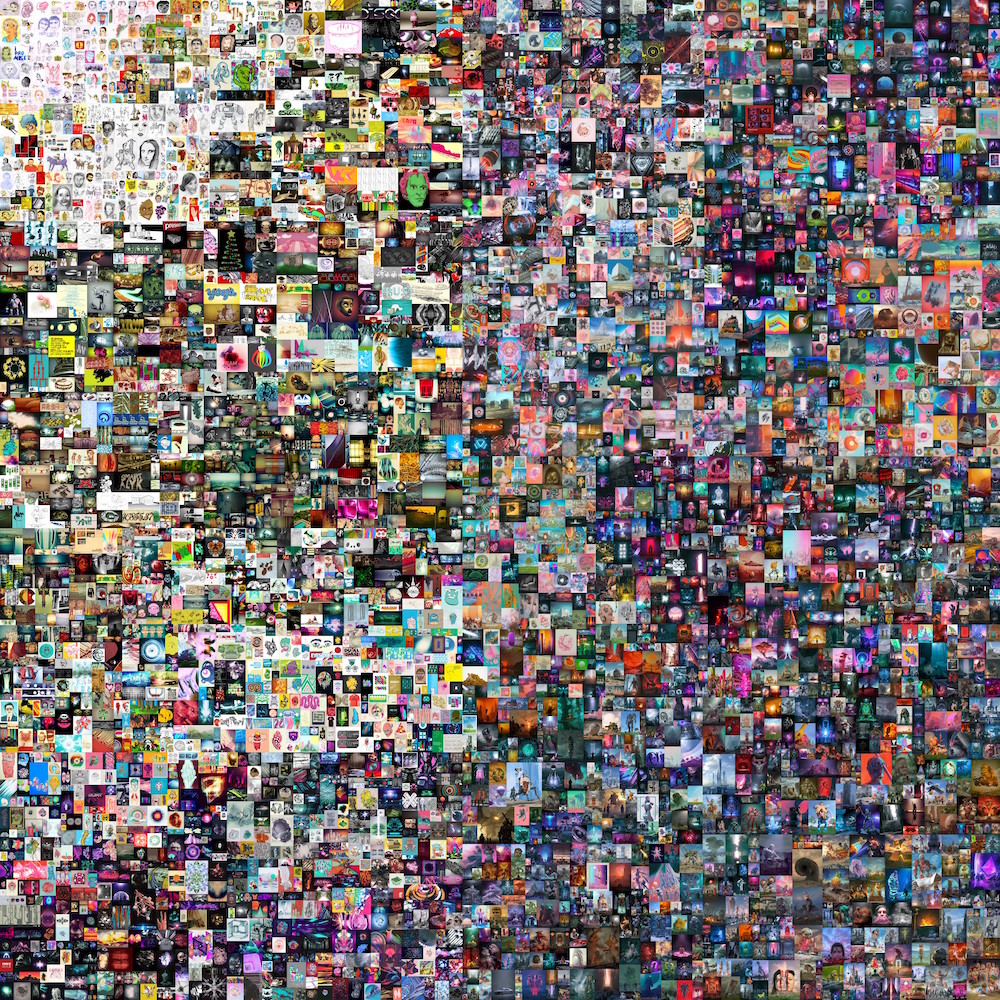Digital artist Beeple sold a piece at Christie’s in March 2021 for $69 million. His prints had never gone for more than $100 each the year before. It was not a print, though. It was a nonfungible token, or NFT.
Why does that matter? It indicates that even though anyone may copy a JPEG of Beeple’s work, only the purchaser actually owned it, following the digital paper trail. The difference between replication and ownership had a significant impact on the work’s value, and the artist quickly rose to the status of one of the richest artists in the world (Wilson, 2021).
However, fresh study indicates that Beeple’s success is a glaring exception. Researchers from the University of London examined the sale of 4.7 million NFTs, exchanged by more than 500,000 buyers and sellers, amounting to nearly $1 billion in transactions. The team of researchers included data scientist Matthieu Nadini and associate professor of mathematics Andrea Baronchelli. The main message is that while you might believe that nonfungible tokens are a booming industry for makers and collectors, the vast majority of NFTs can’t even get you a McDonald’s dinner (‘Non-fungible Tokens: Can We Predict the Price They’ll Sell For?’, n.d.).
75% of NFTs are sold for $15 or less, and only 1% are sold for more than $1,500. What’s worse? Mauro Martino, director of IBM’s Visual AI Lab, who presented the findings as a stunning collection of graphics, claims that the bulk of these works “don’t even sell, so they don’t enter our analyses.” “People merely spend money to create an NFT, and nothing more. Since so few people can make money in this market, it would be challenging to advise a friend who works in the arts to play [in this arena] and get wealthy with NFTs (Wilson, 2021).
The ‘NFT discussion’ is an interesting one, however, the fact that there is already a discussion, can often mean not so good news. It can go two ways; either there is something new that people don’t know about and so deters some criticism, or there is something new that deserves fundamental criticism for poor foundation. The latter seems to be the case here, do you think otherwise? I’m happy to enter the discussion.
References:
Non-fungible tokens: can we predict the price they’ll sell for? (n.d.). Retrieved 11 October 2022, from https://www.turing.ac.uk/blog/non-fungible-tokens-can-we-predict-price-theyll-sell
Wilson, M. (2021, November 11). Science proves it: Most NFTs are worthless. Retrieved 11 October 2022, from https://www.fastcompany.com/90695605/science-proves-it-most-nfts-are-worthless


I believe that the many of the points made in this article also apply to real life art. Art is generally a hard industry to make a profit. Unless you become a well recognized artist, it is often hard to sell your paintings, or other forms of art for a meaningful sum of money. That being said, the NFT space has lowered the standard of what can be considered art. There are many NFT collections that claim to be digital art but have been created by businessmen that generate a digital piece with little artistic knowledge. The art industry is unique in the sense that the value of an art piece is determined by appraisal and historic sales prices. The monalisa is valued at 870 million USD but there is only a hand full of people that are willing to pay that price. It is a store of value for the ultrawealthy. I think the NFT industry is shifting towards the same model. The added value of these art pieces being NFTs is that they do not deteriorate. I will agree that NFTs for the most part are useless because you cannot hang them in your living room, and instead serve as an indestructible store of value. Unless the value is recognized by a renowned auction house it feels more like gambling than storing value. Maybe NFT’s will gain actual value once people start living in the metaverse and can display their art pieces in their digital homes.
I think the value of utility NFT’s which grant certain perks no matter how small should also be considered
Hi Max, thank you for your comment. Fully agree that living the metaverse could change the situation. Fair point.
Hi Axel, I totally agree with you on the point that most NFT’s are worthless creations and easy to replicate. It amazes me how people are willing to pay stunning amounts for some ‘art’ pieces that look like an average artistic JPEG that could have been created by any one with a computer.
I am still wondering if there is any information that we are missing, that could actually explain why NFT’s are such a hype.